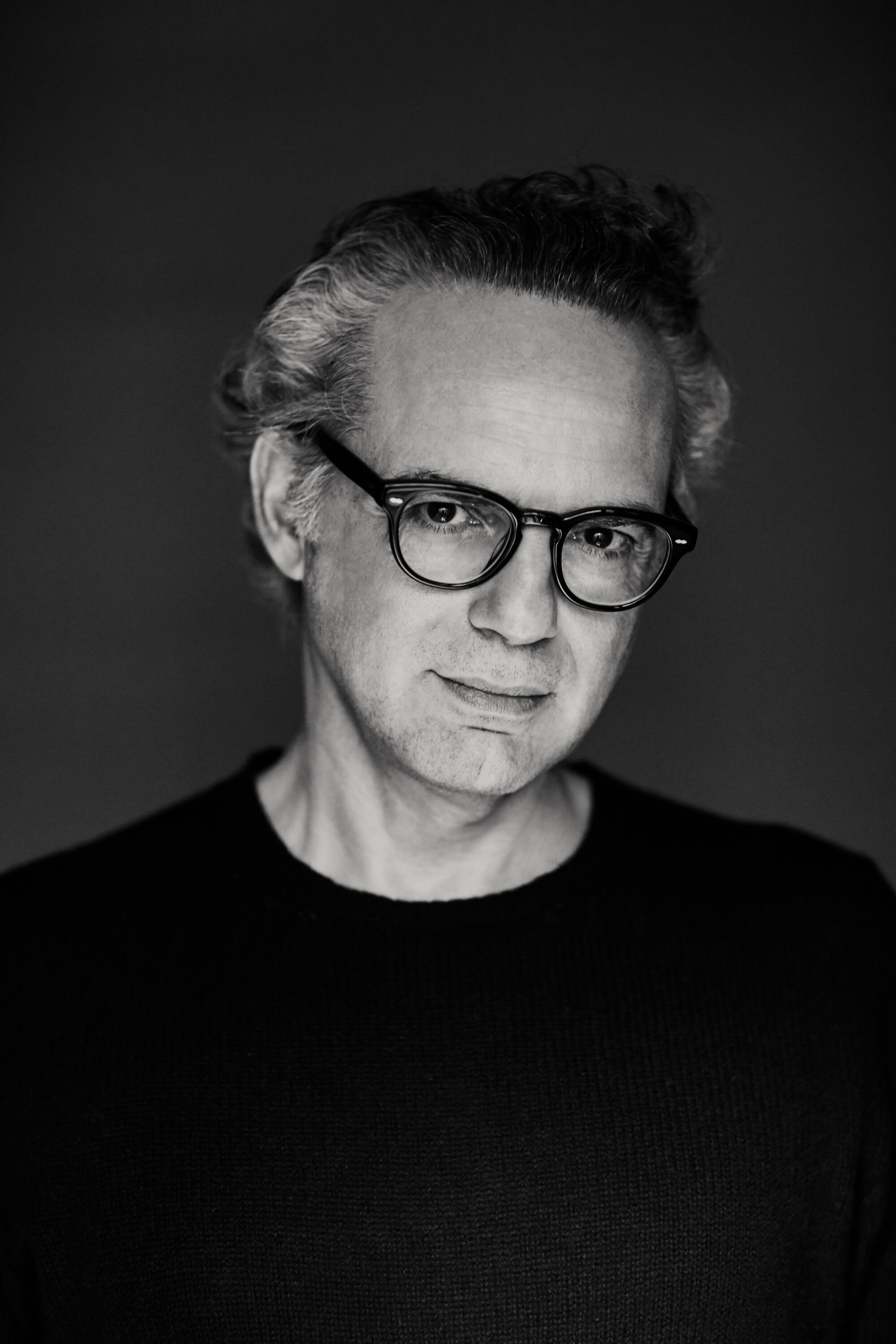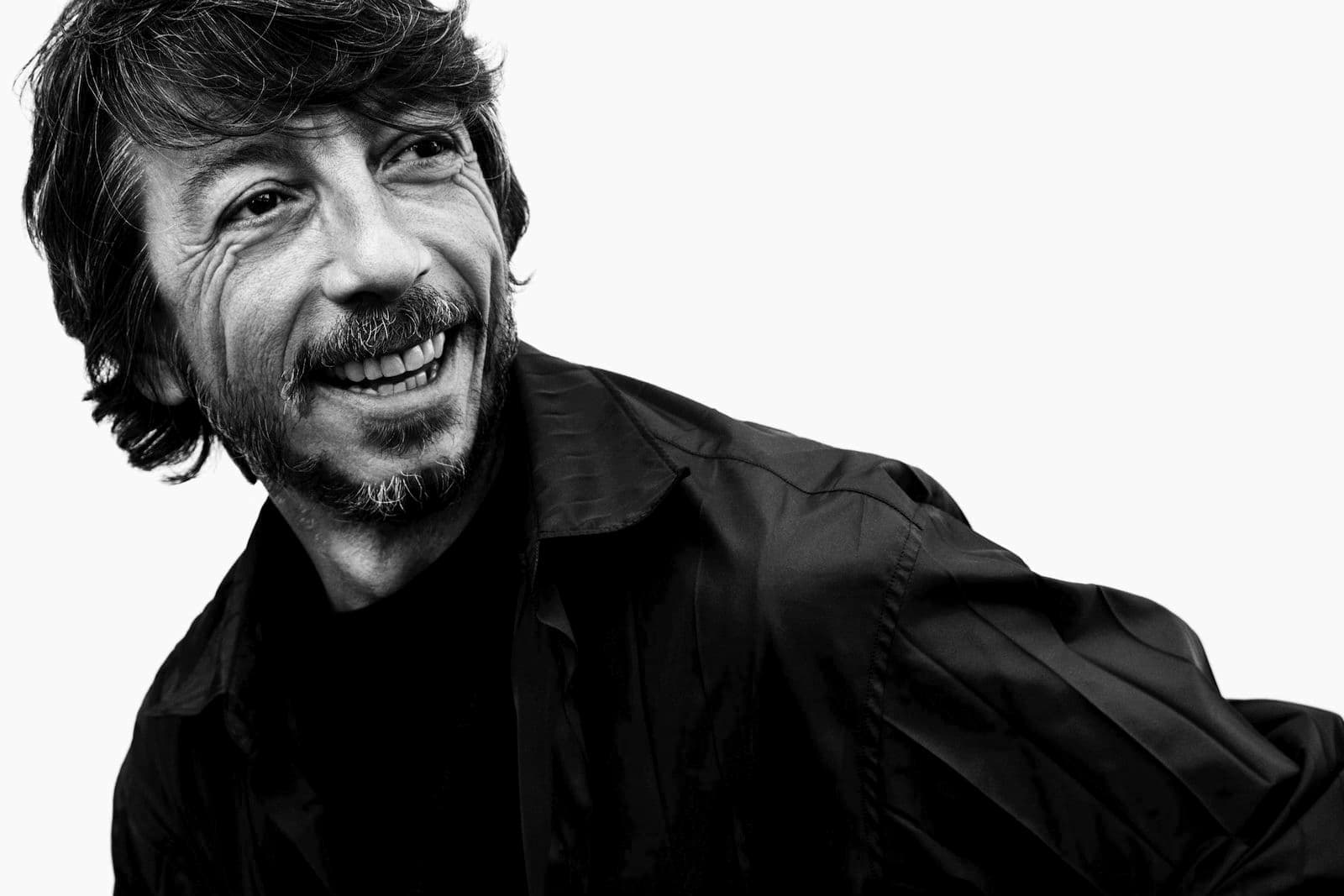Valentino Embarks on New Creative Chapter as Pierpaolo Piccioli Exits the House

In a move that signifies a new era for the esteemed luxury fashion brand, Valentino and its acclaimed creative director, Pierpaolo Piccioli, have mutually decided to part ways after almost eight years as the Roman couture house’s sole creative director.
The change follows a notable tenure by Pierpaolo Piccioli, who has been a significant figure at Valentino since 1999. Initially overseeing accessories with Maria Grazia Chiuri, the pair were appointed co-creative directors in 2007 by the brand’s founder, Valentino Garavani, upon his retirement. Piccioli has helmed Valentino’s creative efforts solo since 2016 after Chiuri’s move to Dior, marking a new chapter for the storied Italian brand.
“Not all stories have a beginning or an end, some live a kind of eternal present that shines so bright that it won’t produce any shadows,” said Piccioli. “I’ve been in this company for 25 years, and for 25 years I’ve existed and I’ve lived with the people who have woven the weaves of this beautiful story.”
Under Piccioli’s guidance, Valentino has experienced a transformative period, characterized by a harmonious blend of innovation, dedication, and artistic flair. These elements have collectively redefined the Maison’s identity, positioning it at the forefront of contemporary fashion.
Valentino’s chief executive officer, Jacopo Venturini, and chairman, Rachid Mohamed Rachid, both expressed their profound appreciation for Piccioli’s dedication and the lasting impact of his work on the brand.

I am grateful to Pierpaolo for his role as creative director and for his vision, commitment and creativity that have brought the Maison Valentino to what it stands for today
– Jacopo Venturini, Valentino’s CEO
Last year marked a significant development for the house as French luxury conglomerate Kering acquired a 30% stake in Valentino for €1.7 billion. This move not only underscored Valentino’s valuation of over €5 billion but also established a dynamic partnership with the Qatari investment fund Mayhoola, which retains control over Valentino. The deal intriguingly includes an option for Kering to eventually take full ownership of Valentino by 2028, signaling long-term strategic ambitions.
The acquisition was highlighted during a detailed investor presentation by Kering, where the conglomerate briefly acknowledged Valentino’s “recognised creative direction,” albeit without direct reference to Pierpaolo Piccioli, the mastermind behind many of Valentino’s recent iconic fashion moments. Despite Piccioli’s success in haute couture, his efforts to expand and rejuvenate the brand’s ready-to-wear and accessories segments have seen mixed outcomes. Collaborating with CEO Jacopo Venturini, Piccioli aimed to better integrate the brand’s retail offerings with its high-fashion couture identity, though the reliance on popular items like V-logo belts and studded accessories continues.
Valentino reported a 10% increase in sales, reaching €1.4 billion in 2022, amidst these efforts. However, Piccioli’s departure, following on the heels of ready-to-wear director Sabato De Sarno’s exit to Gucci, prompts speculation about the future of Valentino’s design direction and whether influential team members will stay.
This transition period for Valentino is reflective of broader shifts within the industry, with recent notable departures from Mayhoola’s other holdings, including Balmain’s CEO and marketing director. At 56, Piccioli’s exit places him among other high-profile creative directors currently without ties to a specific fashion house, prompting industry-wide anticipation of potential reshuffling amidst cooling luxury market demand.
The fashion world is now closely watching as Valentino, Dries Van Noten, Givenchy, and Lanvin, all currently in transition phases regarding creative leadership. With Kering’s strategic position and the luxury sector’s evolving dynamics, the industry may be on the cusp of a significant creative realignment, aiming for renewed growth and innovation.
